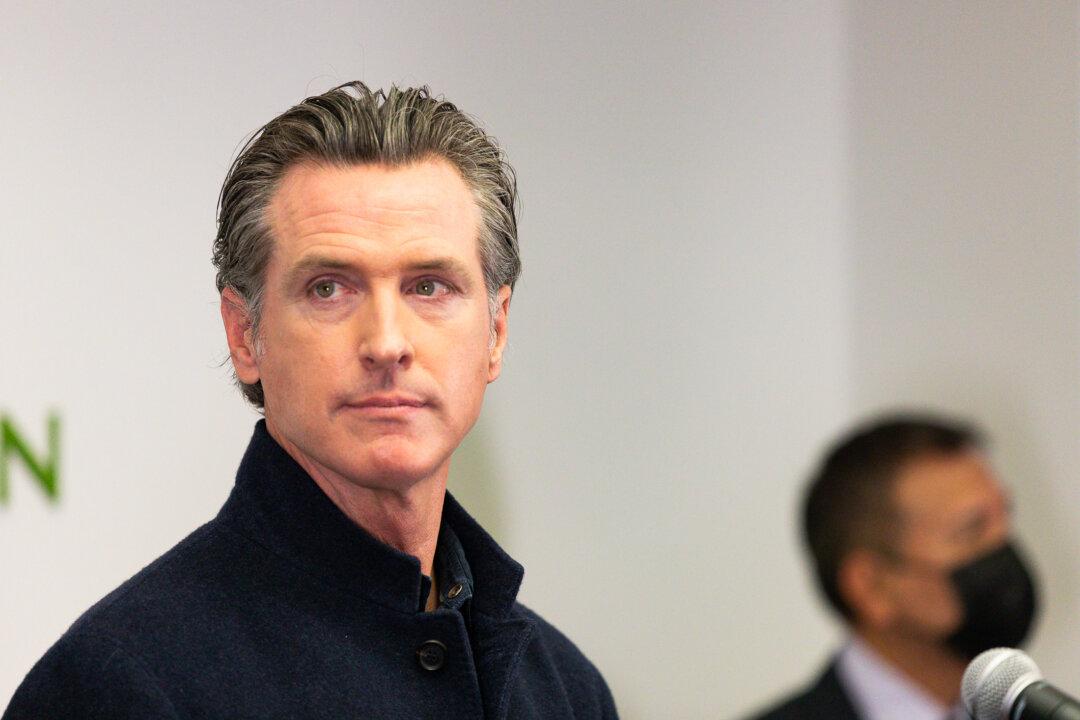California Gov. Gavin Newsom on Monday filed suit against California Secretary of State Shirley Weber in a bid to get his Democrat party affiliation included on the ballot for the state’s upcoming recall election after an error on the part of his staff led to its absence.
Newsom’s office received formal notification of the recall election on Feb. 28, 2020, and in replying to it, his staff failed to list him as a Democrat, according to the complaint (pdf), filed in Sacramento County Superior Court and first reported by Courthouse News.





